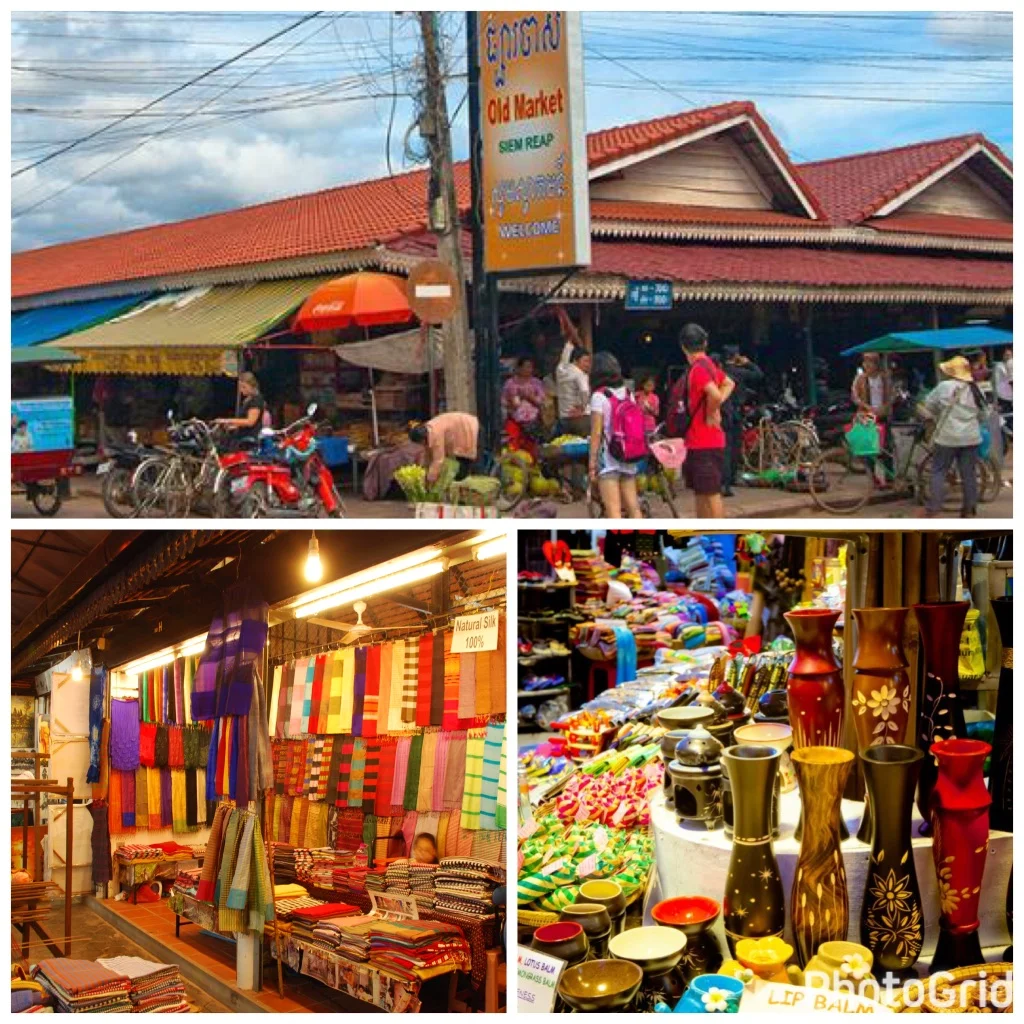WHAT TO SEE IN ANGKOR, CAMBODIA IN TWO DAYS
Cambodia is a kingdom located in the southern part of the Indochina peninsula in Southeast Asia. The country borders with Laos to the northeast, Vietnam to the east, Thailand to the northwest and Gulf of Thailand to the southwest. It has an area of 181,035 km2 and a population of almost 16 million people. The capital is Phnom Penh, which is the country’s political, economic and cultural centre. The country went through a sad history of wars with Vietnam and a civil war in the mid 19th century. It is a constitutional monarchy where the ruling monarch, Norodom Sihamoni, is the current head of state chosen by the Royal Throne Council. Hun Sen is the head of government who has ruled Cambodia for over 25 years. The country’s currency is Cambodian Riel.
In early 9th century, Jayavarman II proclaimed himself King and united the Khmer princes of Chenla, leading to the ruling of Khmer Empire for 600 years. This kingdom built monumental temples, such as Angkor Wat- a UNESCO World Heritage Site, which started the spread of Hinduism. This was replaced by Buddhism when Ayutthaya took over Angkor in 15th century. By then, the country had weakened considerably and was eventually ruled by a vassal state controlled by its surrounding neighbours. The French took control in 1863.
Cambodia became independent in 1953. However, between 1969 to 1973, the country was involved in the Vietnam War against the US. In 1970, Khmer Rouge came into power after the deposed King turned his support to them. After taking control of Phnom Penh in 1975, Khmer Rouge carried out the Cambodian Genocide until 1979, when they engaged in a war with Vietnam from 1979 to 1991. The 1991 Paris Peace Accords allowed Cambodia to be ruled by the UN until the following year’s election when about 90% of registered voters casted their votes. The 1997 coup gave the sole power to Prime Minister Hun Sen, who has since ruled up to this day. Although the country is one of the fastest growing economies in Asia, Cambodia today continue to face numerous challenges, such as: poverty, corruption and lack of political freedom. The country’s main income derives from agriculture, while other industries such as textiles, construction and tourism have also been growing rapidly.
From 9th to 15th century, after King Jayavarman II became King, the capital city of Angkor was flourishing under the control of the Khmer Empire. The city is home to Angkor Wat a temple complex which is the largest religious monument in the world. The temple is located amid forests and farmland north of the Great Lake Tonle Sap, near the modern city of Siem Reap. There are over 1,000 temples in Angkor, where several of them have been restored. Altogether, they represent the most important site of Khmer architecture. Based on a study conducted in 2007 by an international team of researchers, it is believed that Angkor was once one of the largest pre-industrial city in the world, with a sophisticated infrastructure that connects an urban area of at least 1,000 km2 to the well-known temples.
I spent a weekend in Angkor with my good friends Nancy and Brian several years ago. At that time, I was living in Singapore so it was quite an easy and short trip. Of course, I would not recommend those who live outside Asia to just spend a weekend there. But perhaps if you are visiting Southeast Asia, you might want to consider spending a few days in this lovely country. We spent an entire day visiting the ancient temples and ruins. The following day, we went to the local open market to shop for local handicrafts and souvenirs prior to catching our flight home.
Airport
Siam Reap International Airport.
Public Transportation
Car and Motorcycle Taxis.
Recommended Hotels
Raffles Grand, Regency, Belmod La Residence d’Angkor, Park Hyatt, Amansara Resort, Le Meridien, Angkor Miracle Resort & Spa and Sokha Angkor Resort.
Recommended Restaurants
Abacus Restaurant, Garden & Bar, Marum, The Touich and Bugs Café.
Places . . .
Recommended Places To Go . . .
Featured . . .







